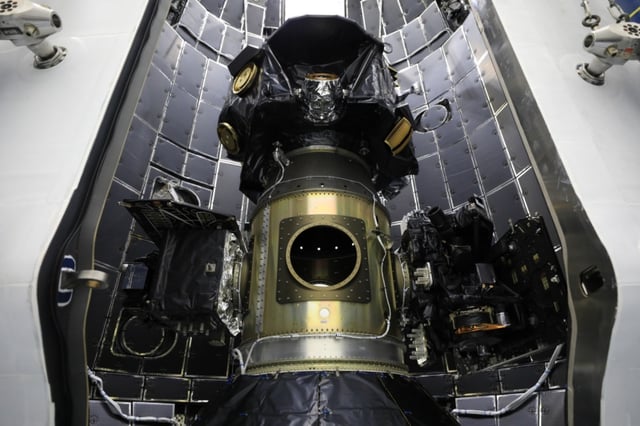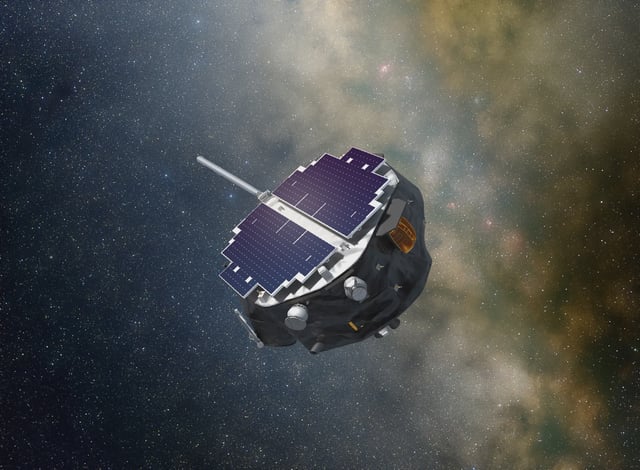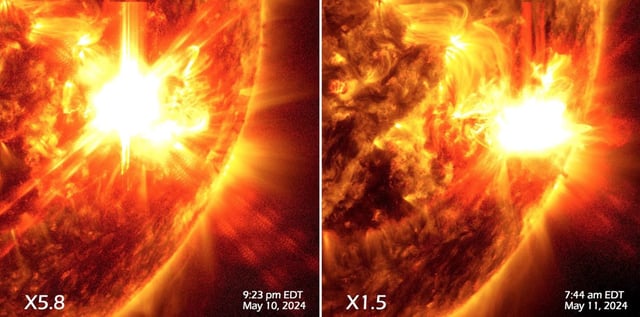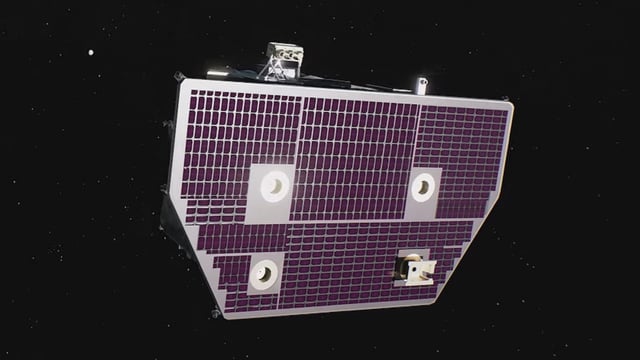Overview
- A SpaceX Falcon 9 is scheduled to lift off from Kennedy Space Center’s Launch Complex 39A at 7:30 a.m. EDT on Sept. 24 carrying NASA’s IMAP, NOAA’s SWFO‑L1 and NASA’s Carruthers Geocorona Observatory.
- IMAP will use 10 instruments to detect energetic neutral atoms and map the heliosphere’s boundary, advancing models of how solar particles travel toward Earth.
- SWFO‑L1, NOAA’s first satellite dedicated to operational space‑weather monitoring, will deliver near‑real‑time solar‑wind and magnetic‑field data to the Space Weather Prediction Center.
- The trio will take roughly four months to reach the Sun–Earth L1 point about one million miles away, with some SWFO instruments starting data returns during cruise and full SWFO‑L1 operations expected by spring 2026.
- Officials say the upgraded observations aim to protect GPS, power grids, satellites and astronaut safety, with an expected roughly 30‑minute warning for hazardous solar radiation.



